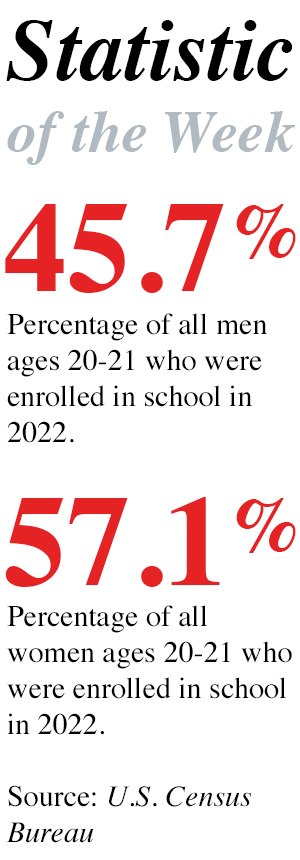Women Medical Students Found to Be Less Assertive in Class Than Their Male Peers
Posted on Feb 02, 2022 | Comments 0
 A new study by researchers at Massachusetts General Hospital and Brigham and Women’s Hospital, both of which are affiliated with Harvard Medical School, finds that male and female physicians may assert themselves differently in academic settings — especially in large, in-person classes, but with differences less evident in smaller or virtual classes. This may lead to gender biases in grading that disadvantage female students and trainees.
A new study by researchers at Massachusetts General Hospital and Brigham and Women’s Hospital, both of which are affiliated with Harvard Medical School, finds that male and female physicians may assert themselves differently in academic settings — especially in large, in-person classes, but with differences less evident in smaller or virtual classes. This may lead to gender biases in grading that disadvantage female students and trainees.
“As a student in courses at the Harvard School of Public Health, I repeatedly noticed students, and especially women, using phrases like ‘Sorry to interrupt’ or ‘Maybe I missed this’ before asking a question,” says lead author Sara J. Cromer, an investigator in the department of medicine at Massachusetts General Hospital. “This led our team to ask ourselves whether men and women assert themselves differently in academic classrooms, including both how often they speak and how they express themselves.”
For the study, students in a graduate-level certificate program — predominantly physicians in the fellowship stage of training — were observed during large, lecture-based classes and smaller, discussion-based classes for two weeks in July 2019 (in-person) and six weeks in July-August 2020 (virtual). They found that women both asked and answered fewer questions than men in large in-person classes. These differences were not seen in small classes and were decreased in virtual classes. Also, deferential language was more common in questions asked by women than in questions asked by men in large classes, whether held in-person or virtually, but there was no gender difference in deferential language use in small classes.
“These findings have important implications for how students are evaluated,” says Dr. Cromer. “If classroom participation is a major element of grading, this may disproportionately disadvantage women, resulting in gender bias in grading.”
The full study, “Gender Differences in the Amount and Type of Student Participation During In-Person and Virtual Classes in Academic Medicine Learning Environments,” was published on the JAMA Open Network. It may be accessed here.
Filed Under: Research/Study








